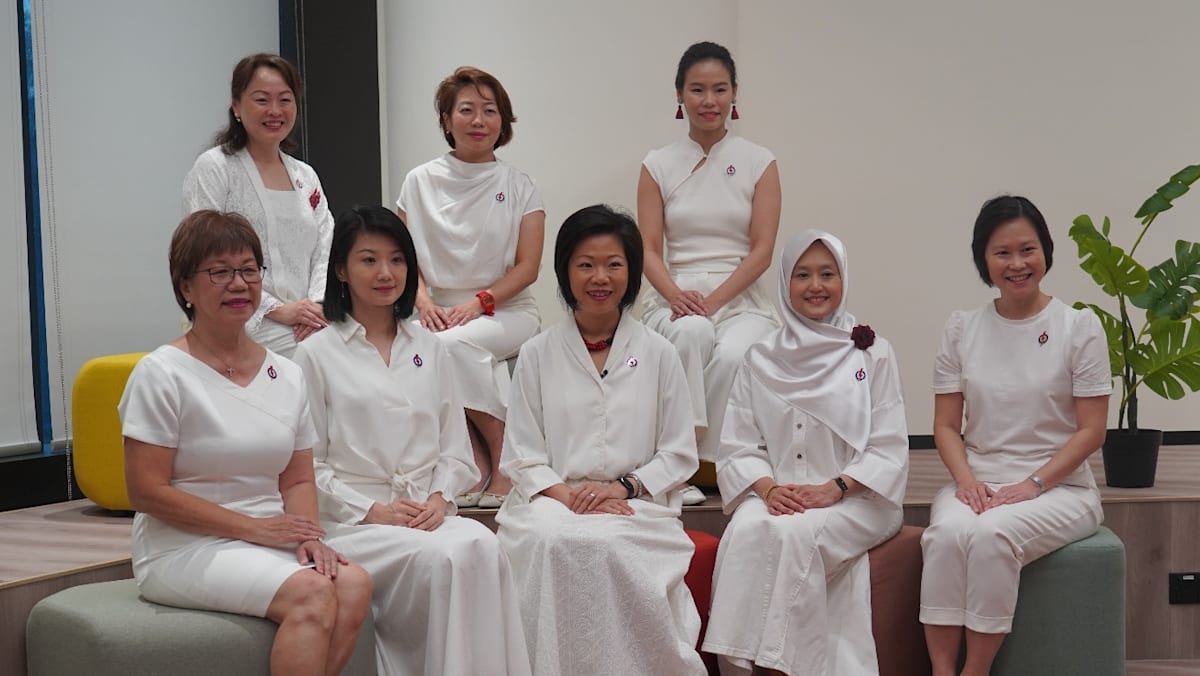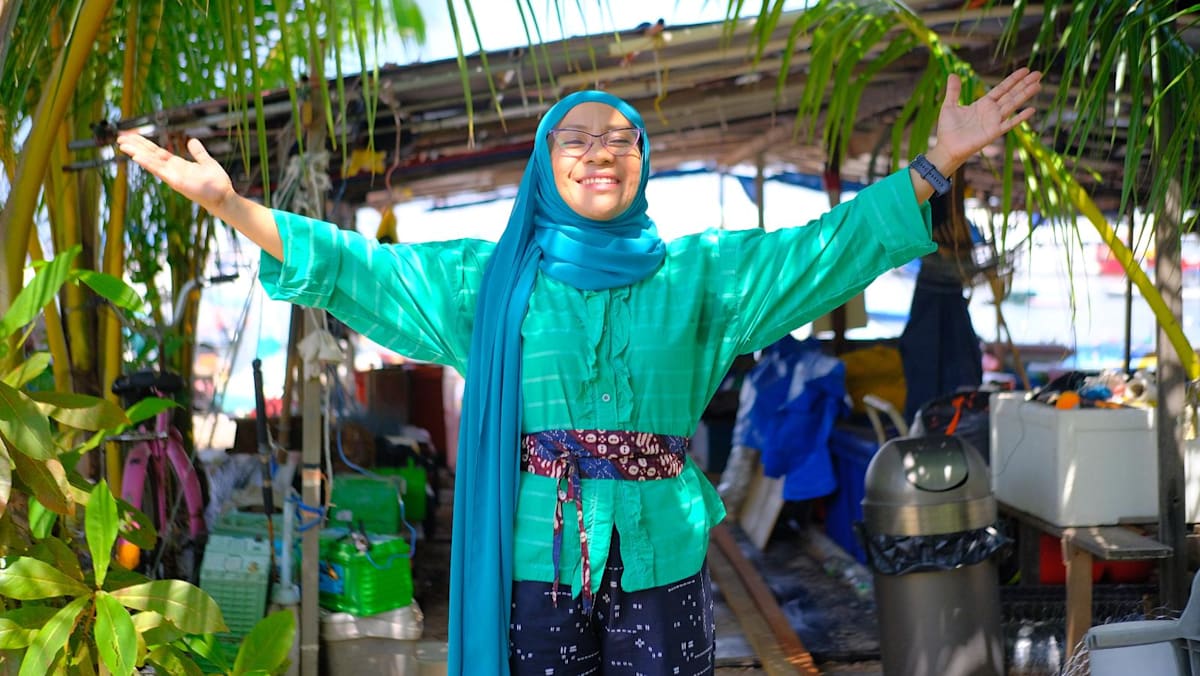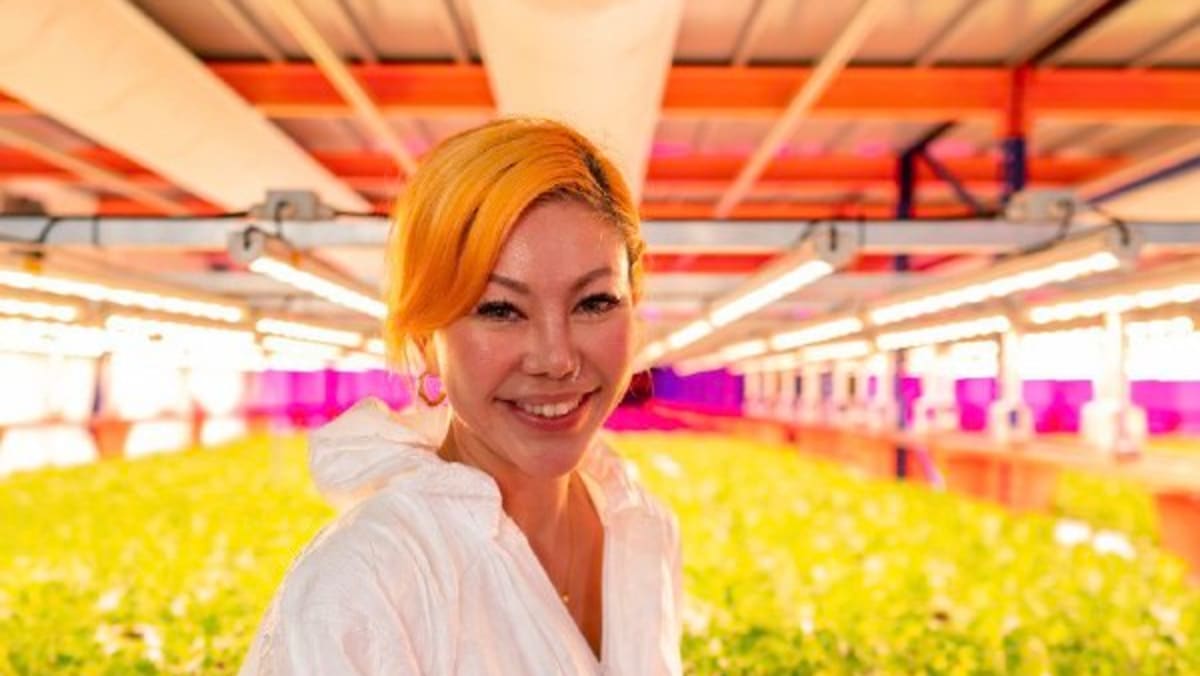Namira Binte Mohamad Marsudi, who was 28 when diagnosed with Stage 4 endometriosis in 2014, said there’s been a shift in the public perception of intense menstrual pain since she began advocating 13 years ago.
The founder of non-profit organisation E for Endometriosis said that at the beginning, everyone she spoke to believed such pain was normal. Now, most people recognise that it’s not.
From the support group’s first talk in 2015 with just five attendees, E for Endometriosis has since grown into a network of over 2,000 volunteers, raising awareness and providing support for those impacted by the condition.
But the 39-year-old believes there’s still a long way to go.
“There is a buzz going on about endometriosis, and people are starting to learn what it is,” she said. “But it has to be on a constant basis … if we just let it die down, within just a year, people will start forgetting about it.”
This growing awareness, Namira added, needs to extend to the medical field as well. Even among healthcare professionals, there is a “lack of consensus on what endometriosis truly is”, let alone how best to diagnose or treat the condition.
“Raising awareness isn’t just about the public. It’s also about ensuring that those entrusted with our care are properly equipped with knowledge, empathy, and up-to-date understanding,” she added.
Professor Chong Yap-Seng, dean of the NUS Yong Loo Lin School of Medicine, said that although endometriosis causes “massive loss of productivity” in women, there have been limited advancements in its treatment.
This reflects a larger global issue – the gender health gap, where women often receive inferior healthcare compared with men.














